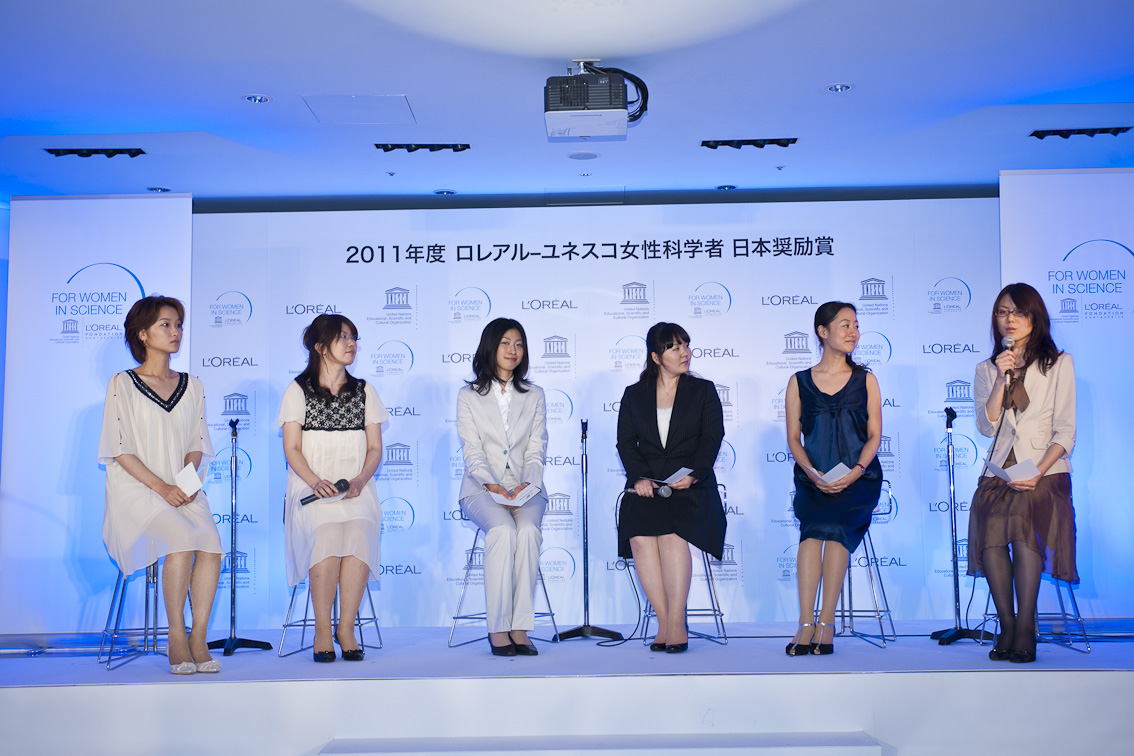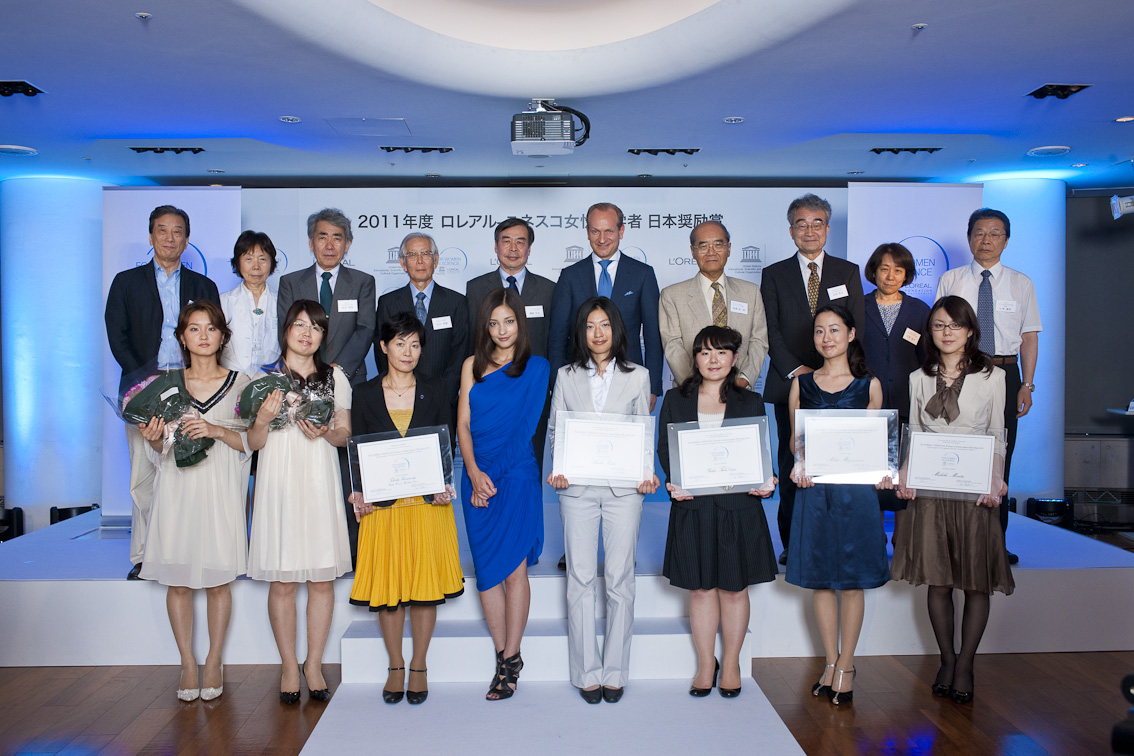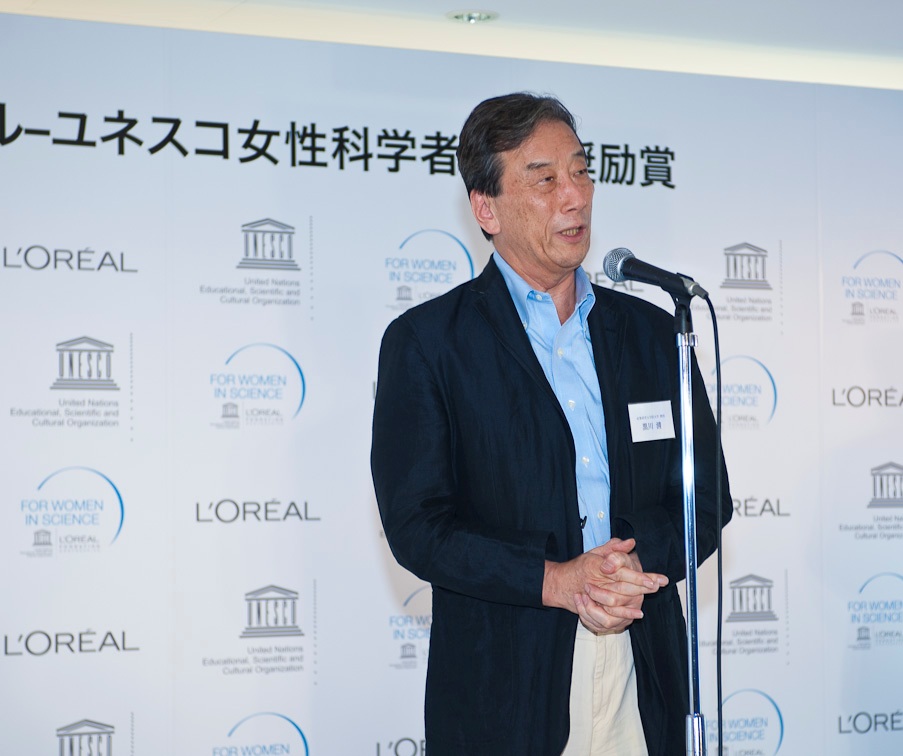The Summer Course 2011 scheduled for 8 days from August 20th to August 27th has begun. This Summer Course is the work of the Harvard College Japan Initiative ? Liberal Arts beyond Borders (HCJI-LAB).
Ryosuke Kobayashi, a junior at Harvard, came up with the idea for this Course about a year ago. Over the past several years, I have been getting together and interacting with many friends who are undergraduates (actually only a few), graduate students and post-docs whom are working in various capacities at Harvard and MIT. About a year ago, I watched Kobayashi’s video on the web where he talked about how he came to the realization that a liberal arts education was extremely important and he wondered why he was not aware of this fact when he was a high school student in Japan. I immediately got into contact with him, began to work on a concrete plan and started full scale preparations in Japan from May of this year.
Japanese university students worked together with Kobayashi to make this plan a reality by coming up with a plan, pooling their intellectual resources, meeting with many individuals, while overcoming many problems. In truth, you cannot imagine all the problems and issues that they had to deal with. They had to get permission from and coordinated with the involved organizations, come up with funding, secure locations, worry if they could actually get the Harvard students to come and whether they could enrol their target number of 80 Japanese high school students. They overcame all this and more with an incredible amount of support and cooperation. GRIPS and Impact Japan did what it could to provide support for Impact Japan and the afternoon meetings where held primarily at GRIPS in the Roppongi area. Approximately 120 youths in total stayed at a ryokan in Hongo and participated in many group seminars in the evening. The program was extremely intensive.
Yet even though Kobayashi had all this support, I am sure it was a real challenge for him, because he alone was overseeing both sides. I took him to meet various individuals and many were extremely generous in providing assistance. I would like to take this opportunity to offer my thanks to all.
On the Harvard side, a lot of support was received from Hirotaka Takeuchi who has been working over the past 10 years on the establishment of the Hitotsubashi Business School and returned to Harvard Business School last year to take up a teaching post.
Thus the students embarked on an educational program backed by admirable objectives and broad-based support. A great lineup of participants was assembled with 20 students from Harvard, 20 students from Japan and 80 Japanese high school students selected from 250 candidates. Each day was marked by special guests including Hirotaka Takeuchi from Harvard, Tadashi Yanai from UNIQLO, Seiichiro Yonekura from Hitosubashi University, Takeshi Niinami from Lawson and myself. The students from Harvard also served as instructors.
The three-month preparation was extremely taxing. Finally the opening date of the 20th was upon us, and I gave the Keynote Speech to open the program. I will report back on this at a later date and I am sure it launched a fruitful 8 days.
A festive reception was held on the evening of the next day which was attended by about 120 students and the Harvard Alumni Association at GRIPS, and the students were bubbling with excitement even after just two days and I got hit with a barrage of questions related to what steps they should take in the future.
I will also report on this separately, but it is really important to provide youth with a glimpse into the possibilities of the future and let them get up close and personal with some real life experiences. That is the essence of education!



